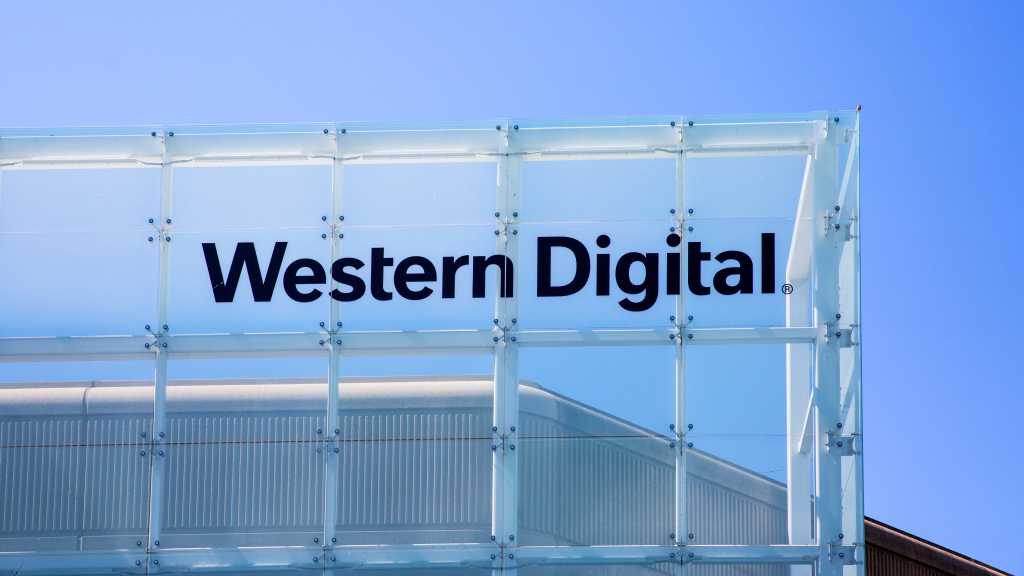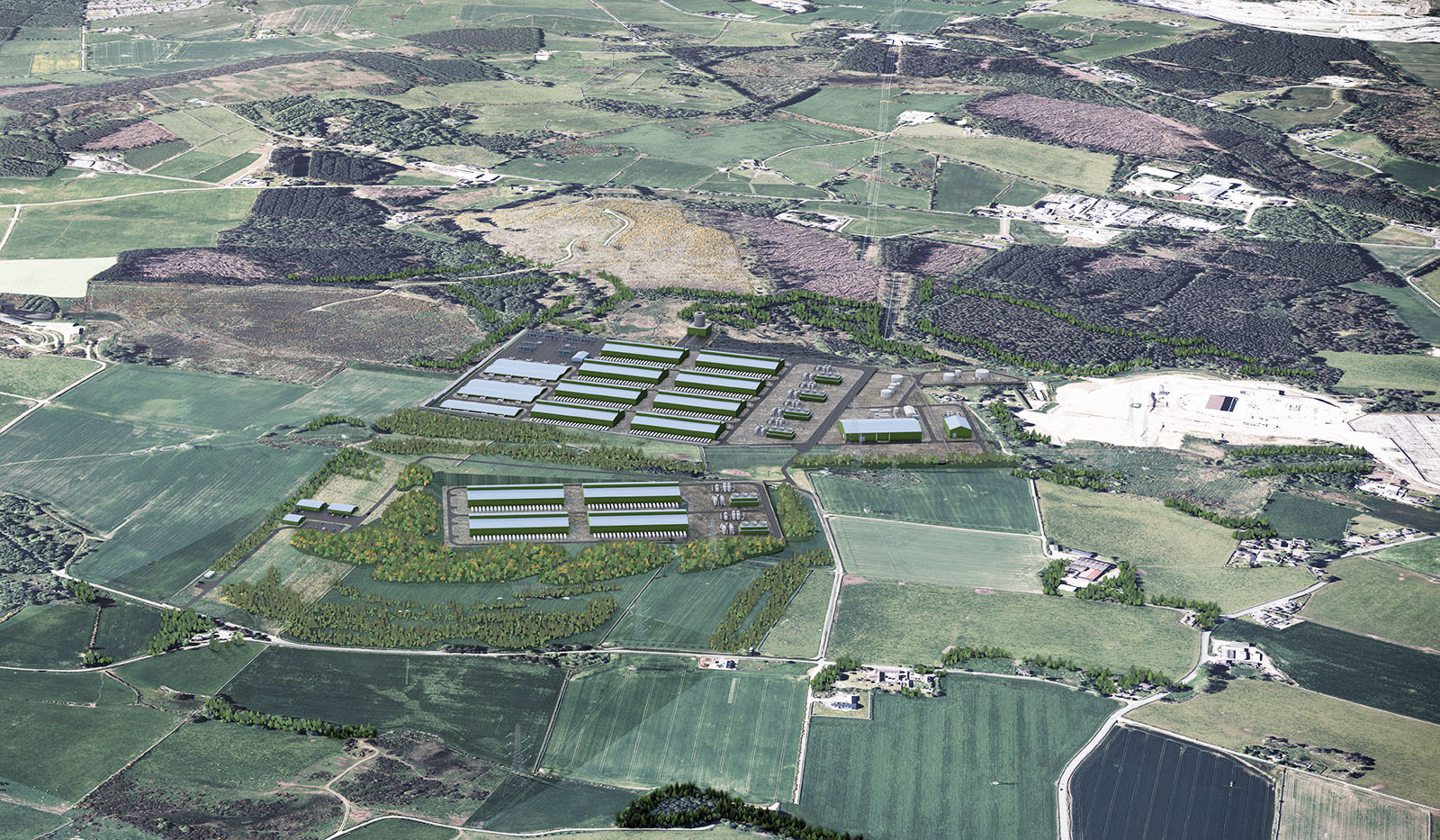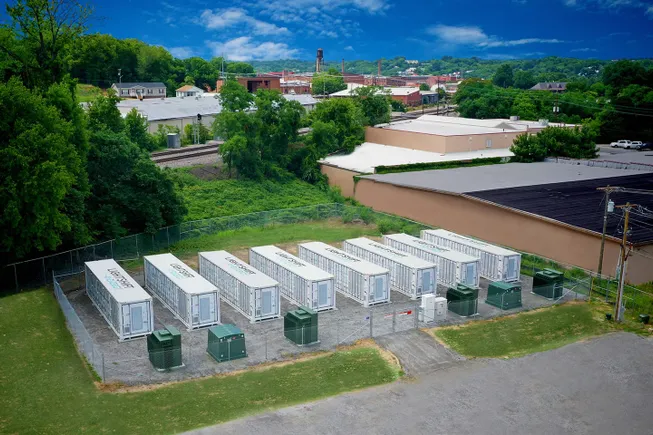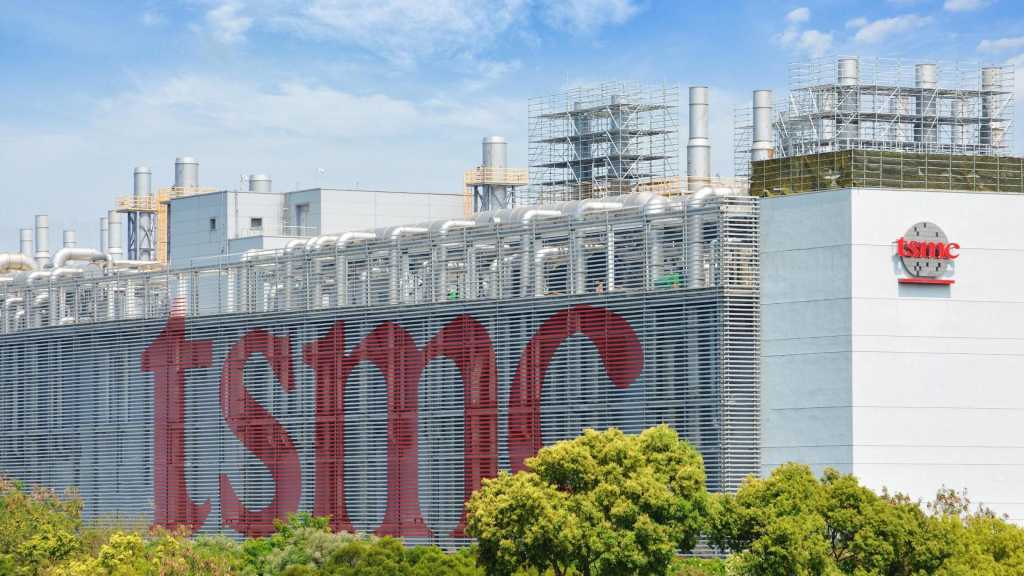
BHP Group is preparing to begin looking for a new chief executive officer in the coming months, with key lieutenants already jostling for position to succeed Mike Henry at the top of the world’s biggest miner.
The understanding at BHP is that Henry is now heading toward the end of his tenure, according to company insiders. They emphasized that no decision has been made. But some people close to BHP say a change could come as soon as early next year, and some top executives have begun increasing their interaction with investors and other stakeholders ahead of a likely succession process.
The internal frontrunners for the role are seen to be Geraldine Slattery, who heads the company’s Australian mines, Chief Financial Officer Vandita Pant and Ragnar Udd, who runs the commercial team. However, the search is also likely to include external candidates, according to people familiar with the matter, who asked not to be identified discussing private information.
A change of leadership would come at a pivotal time for both BHP and the wider mining sector. The company and its biggest rivals spent the past couple of years pursuing a series of failed megadeals, while US President Donald Trump’s trade war has cast fresh uncertainty over future demand for key commodities.
BHP itself is embarking on a slew of expensive growth projects and Henry’s successor is likely to face tough questions about capital allocation, including whether the company can pursue its aggressive spending plans while sustaining its dividend and debt policies.
The miner is already tightening its belt and has significantly sharpened its focus on cost cutting across the business, some of the people said.
BHP declined to comment.
The process to find a replacement for Henry is likely to start in earnest in the coming months, the people said, making it one of the first major tasks of new Chairman Ross McEwan. Henry has led BHP since January 2020, which means that an early 2026 departure would mean he has completed a six-year tenure — roughly in line with his most recent predecessors.
During that time, the 59-year-old BHP veteran has reshaped the company. Within the first two years of his leadership, the miner announced plans to sell its oil and gas business and dismantle a dual listing structure, as well as approving a giant potash mine in Henry’s native Canada.
Henry also led BHP through a return to dealmaking after years on the sidelines, culminating in the ambitious but ultimately unsuccessful bid for Anglo American Plc. The $49 billion takeover attempt sent shockwaves through the industry but was rebuffed by the smaller company as too complex and risky.
BHP rose 3.3% to A$37.72 in Australian trading on Wednesday.
Slattery — previously operator of BHP’s offshore oil and gas assets, which it spun off to Woodside Energy Group Ltd. — was placed in the far more public role of president of the Australian unit in 2022.
Pant, a former banker, has been at BHP since 2016. She served as chief commercial officer before becoming CFO last year. Udd has a technical past but was put in more operational roles and has proven success across BHP’s important copper business in the Americas.
The appointment of either Pant or Slattery would mark the first time that the world’s biggest mining company is led by a woman, in an industry notorious for the lack of diversity in its top ranks. Of the three dozen miners in the ASX200 index, just one has a female CEO.
And Henry’s successor will inherit some thorny challenges. Despite recent years of record profits, BHP is looking financially stretched — already trending toward the top of its self-imposed debt target before it starts to pay for the series of hugely expensive growth projects.
The company is planning to spend billions of dollars to halt a decline in copper production at its crucial Escondida copper mine, further expand the Canadian potash mine, and develop copper projects in Argentina and Australia.
BHP isn’t alone. Capital allocation is likely to be a focus across the largest miners this year, according to analysts from Citigroup Inc. and Jefferies Financial Group Inc.
In BHP’s case, the company has ramped up its focus on cost reduction. Wage inflation is just one contributing factor: In Australia’s iron-ore-rich Pilbara region, unions are organizing to raise salaries, a negotiation not seen in more than two decades, adding further pressure to other areas of the business.
The company has already lowered its dividend to the minimum payout under its current policy, and insiders said they don’t expect the policy to change. Unless commodity prices rise significantly, BHP may have to change its debt approach or move to stagger some of its growth plans as a result, they said.
WHAT DO YOU THINK?
Generated by readers, the comments included herein do not reflect the views and opinions of Rigzone. All comments are subject to editorial review. Off-topic, inappropriate or insulting comments will be removed.
MORE FROM THIS AUTHOR
Bloomberg




















